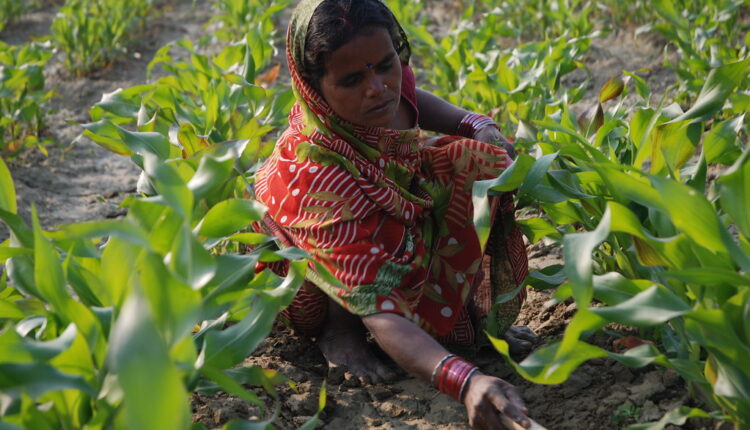Climate change adaptation measures and promotion of sustainable agriculture in India
IMD started in 1945 with the regular provision of weather-related services for farmers through the “Farmers Weather Bulletin”
With regard to the recent rainfall in the central zone of our country in the middle of the summer season and the consequences of this variation in agriculture, we are looking in Asia for an experience that gives us clues about how some countries are preparing to face climate change. In this context, India, despite going through a tough cycle of protests by peasants, has implemented some sustainable agriculture initiatives that could be of interest to our national reality. More details of this experience, are in the following note.
Vulnerable agriculture in South Asia
Variation in climate has direct consequences for agriculture, both from the perspective of the survival of some species and yield. In such a way climate change inevitably affects food production and, therefore, the income of farmers. A study by Jeetendra Prakash Aryal and his team, published in the 2020 Environment, Development and Sustainability journal, shows that climate variability affects yield variability by 60 per cent.
This phenomenon is expressed in the acceleration of gestation cycles, reactions to water stress when rains have occurred out of season, intensification of growth due to increased temperatures, lower biomass production due to high radiation, or simply deficiencies. in physiological processes because of all of the above. Consequently, climate change would negatively affect the yield of essential products for food, mainly those essential for mass feeding, such as wheat or rainfed corn.
Also Read: Natural farming reduced the cost and increased profit for this farmer of Andhra Pradesh
According to the study, only in the South Asia region, the average temperature could increase by 1.8 degrees in 2030. So the areas with the highest heat stress would increase by 12 per cent. These changes would bring losses for communities dependent on agriculture, but also an increase in the price of food due to a lower supply. A clear example of this is that in this region there is a lower amount of monsoon rains, but there have also been changes in the regularity of the rains in general in countries like India. This has led to an increase in the consumption of groundwater and inevitably it is running out.
Adaptation measures for a more sustainable agriculture
To face this reality in India, among the recommendations made by Aryal. The implementation of adaptation measures to climate change is mentioned. What does the author explain about adaptation in agriculture? Mainly that it is urgent to produce more food in unused spaces or where it is necessary, but also to reduce and share risks collectively, in order to optimize environmental governance. In this way, the measures depend on the effects of climate change, but also on the decisions made, such as the types of farms developed, their geographical location and the costs that production has for farmers.
Creation of the structure
IMD started in 1945 with the regular provision of weather-related services for farmers through the “Farmers Weather Bulletin” and with radio broadcasts through “All India Radio” in various local languages. In 1971, on the recommendation of the National Agriculture Commission, it launched agrometeorological advisory services, a comprehensive tool adapted to the needs of farmers. Then, between 1975 and 1976, the National Aeronautics and Space Administration of the United States of America (NASA) carried out, together with the IMD and some agricultural agencies, a satellite television and instruction experiment that led to the provision of specific, in different regions of the country, agronomic advice for crop production, based on weather. These integrated agrometeorological advisory services began to be developed in 2007 and have been gradually improved since then.
Today, the IMD is developing agrometeorological operational plans throughout the country under a five-level structure:
- High-level policy planning body in Delhi.
- Execution from the headquarters of the National Agrometeorological Service in Pune.
- Coordination and monitoring by the State Agrometeorology Centers.
- Definition of agrometeorological areas.
- Training and deepening, at the local or district level, in the advisory service on input management.
This structure includes state agricultural universities. Institutes of the Indian Council of Agricultural Research and Indian institutes of technology. Without it, district agrometeorological advisory services would not be viable.
Contact us: If farmers want to share information or experiences related to farming with us. Then they can do this by calling us on the phone number 9599273766. Or by writing an email to [email protected] or by sending your recording. Through Kisan of India, we will convey your message to the people. Because we believe that if the farmers are advanced then the country is happy.



